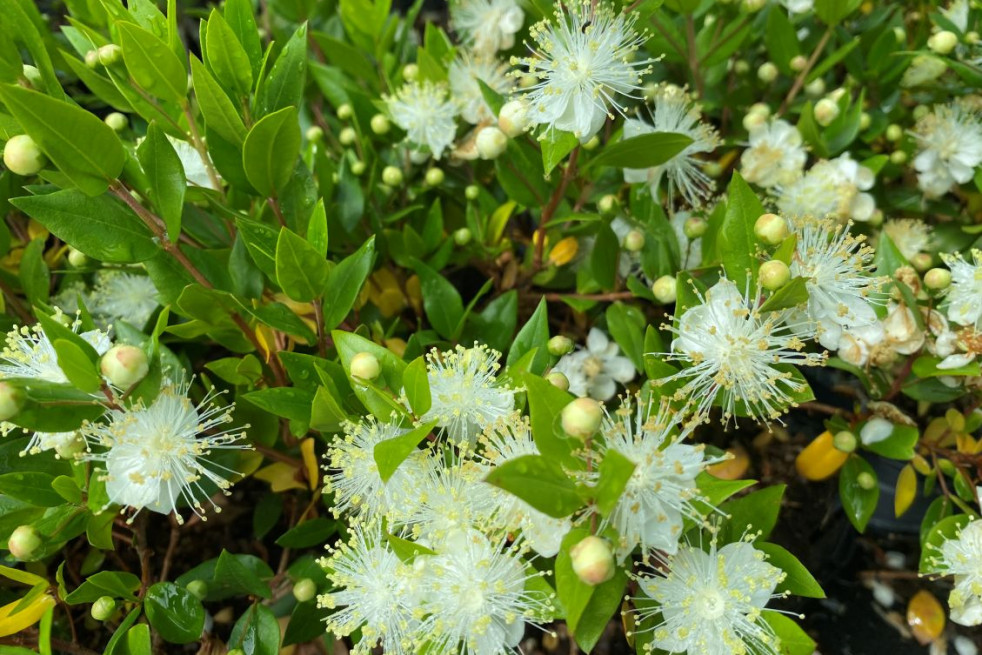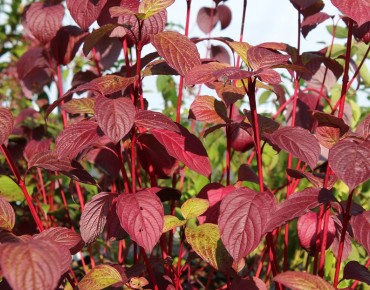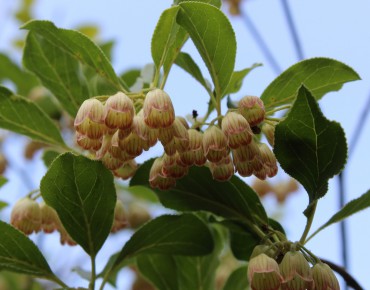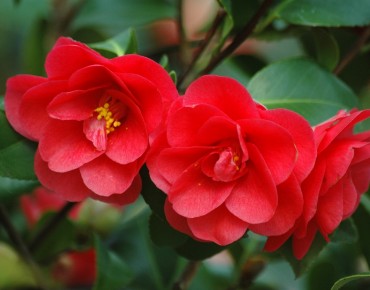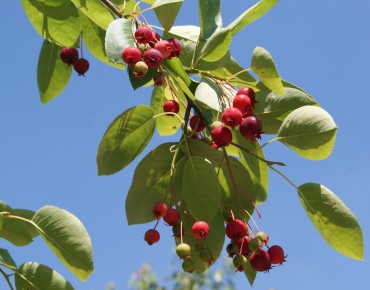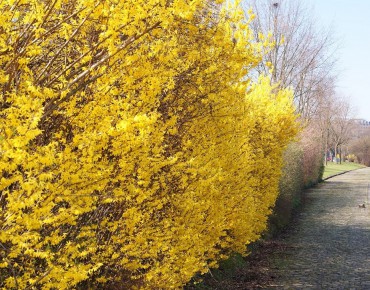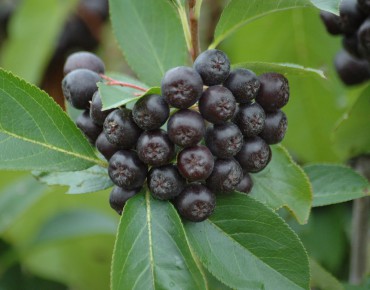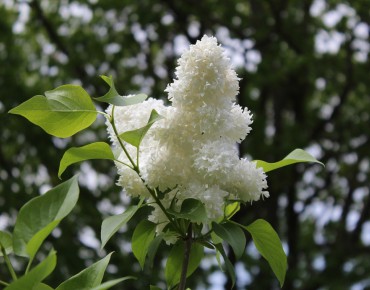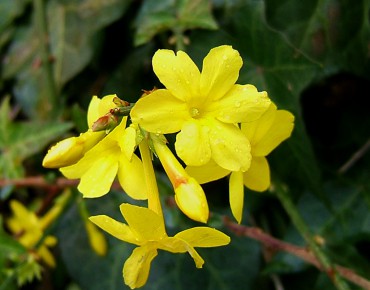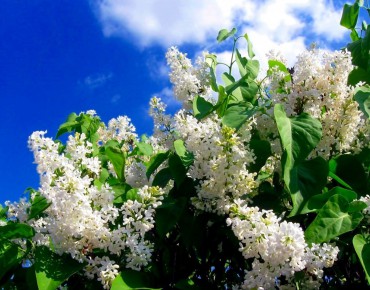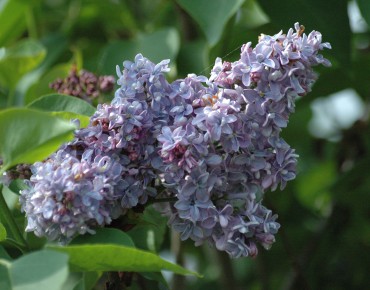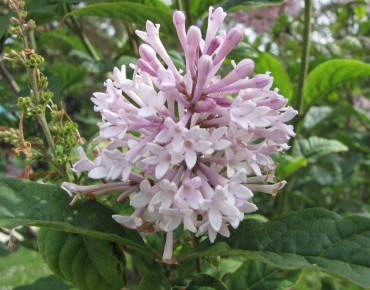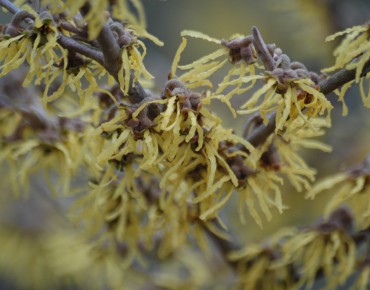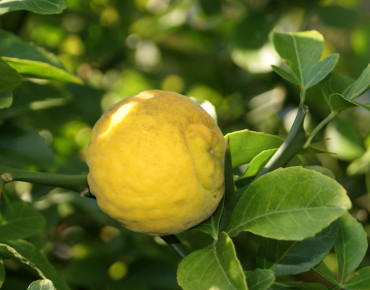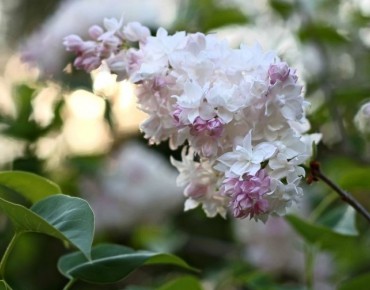- Out-of-Stock
Myrtle
Myrtus communis
Description
Myrtle – Myrtus communis
Main interest
The common myrtle (Myrtus communis) is a Mediterranean evergreen shrub, prized for its aromatic foliage, delicate white summer flowers, and decorative berries. A symbol of purity, peace and love in Mediterranean culture, it is both ornamental and rich in meaning. Its dense, dark green, glossy leaves release a pleasant balsamic fragrance when crushed. The nectar-rich flowers attract bees and butterflies in summer. The blue-black berries that follow are edible and traditionally used to flavour liqueurs or preserves. Whether used as a low hedge, in containers, in borders or as a specimen, myrtle fits perfectly into dry, fragrant or Mediterranean-style gardens. It responds well to pruning, making it suitable for topiary, shaped hedges or neat borders. With its refined appearance and subtle scent, it is a valuable asset for small gardens and protected terraces.
Origins and characteristics
Geographical origin: Western Mediterranean
Botanical family: Myrtaceae
Notable features: A classical symbol of purity and beauty in ancient cultures. Widely used in formal gardens and for making liqueurs (e.g. Corsican myrtle).
Description and traits
Mature height: 1.5 to 3 metres
Mature width: 1 to 2 metres
Growth habit: Dense, rounded, bushy
Bark: Brown, slightly peeling with age
Foliage: Evergreen, dark green, glossy, lance-shaped, highly aromatic
Growth rate: Moderate to slow
Hardiness: Moderate – down to -8/-10 °C. Requires protection in severe frost
Flowering and fruiting
Flowering period: June to August (sometimes into September)
Flowers: Star-shaped white flowers with numerous stamens, very fragrant. Appear singly or in small clusters in leaf axils
Fruits: Globular blue-black berries, edible, used in preserves and liqueurs
Wildlife value: Nectar-rich, attracts bees and butterflies
Light and soil
Ideal exposure: Full sun, sheltered from cold winds
Preferred soil: Light, well-drained, poor to moderately fertile. Tolerates calcareous soils
Planting
Soil preparation tips: Add sand or gravel to heavy soil. In colder regions, plant in spring once risk of frost has passed
Spacing: 60 cm to 1 m depending on use (hedge, container, specimen)
Soil type: Dry to fresh, neutral to slightly acidic, always well-drained
Watering
At planting: Water regularly during the first year
At maturity: Very drought-tolerant once established
Pruning
When and how: After flowering or in early spring. Tolerates pruning well. Can be shaped as a ball, hedge or topiary
Propagation
Methods: Semi-hardwood cuttings in summer; seed after cold stratification
Garden uses
Ideal placement: Low hedge, border, rockery, container on terrace, Mediterranean or fragrant garden
Suggested companions: Lavender, rosemary, santolina, cistus, olive tree, bay laurel, agapanthus
Traditional uses
Historical uses: Used in bridal bouquets, to flavour liqueurs (e.g. Corsican myrtle), and in ancient rituals. Wood used in perfumed crafts
Pest and disease resistance
Potential issues: Susceptible to powdery mildew or sooty mould in case of scale or aphid infestations
Natural prevention tips: Plant in well-drained soil, full sun, monitor regularly for pests
Growing tips
Practical advice: Choose a warm, sunny location. Avoid waterlogged conditions. Mulch in winter in cooler climates. Suitable for containers that can be sheltered in frost
Summary
The common myrtle is a refined evergreen shrub with aromatic foliage and fragrant white blooms. A classic Mediterranean symbol, it suits hedges, pots or borders and blends elegance, usefulness and tradition.
Features
- Common name : Myrtle
- Family : Myrtaceae
- Category : shrub
- Spread : 1 to 2 m
- Foliage : evergreen
- Color of flowers : white
- Fruit : Blue-black globular berries, edible, used in confectionery and liqueur
- Use : Low hedge, border, rockery, pot, Mediterranean garden
- Soil : neutral to acid
- Habit : Rounded
- Enemies : cochineal - red spider (spider mite)
- Possible diseases : Powdery mildew
Expédition & livraison
How does the delivery work?
 As soon as you place your order your plants are selected
As soon as you place your order your plants are selected Each order is processed individually.
Each order is processed individually. Plants are packed, staked and labeled.
Plants are packed, staked and labeled. Packaging is carefully implemented to avoid any problems.
Packaging is carefully implemented to avoid any problems. Packages are ready to be shipped.
Packages are ready to be shipped.
Our delivery methods
Shipping of our plants throughout Europe (except overseas and islands).
Customer reviews

